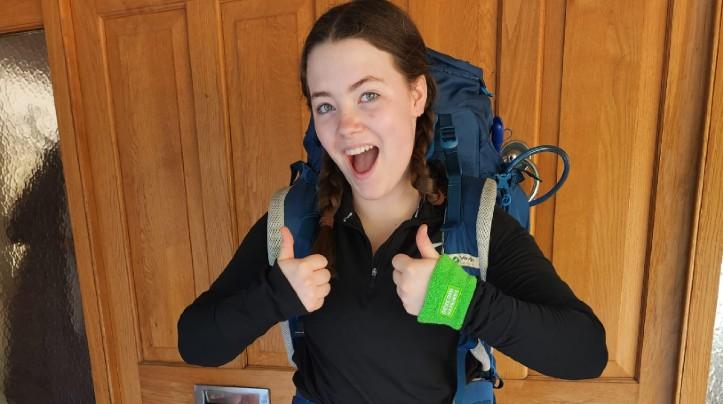
Amelia shares her experience of type 1 diabetes and completing the Duke of Edinburgh expedition, including the many highlights and challenges along the way.
customer support
customer support

Amelia shares her experience of type 1 diabetes and completing the Duke of Edinburgh expedition, including the many highlights and challenges along the way.